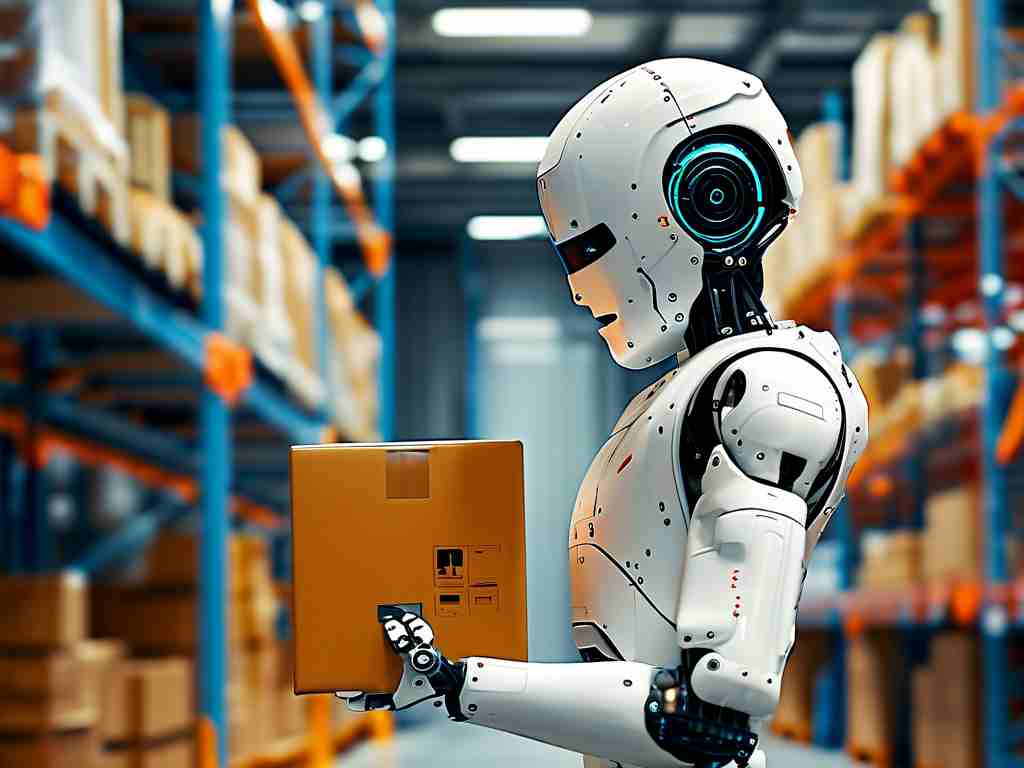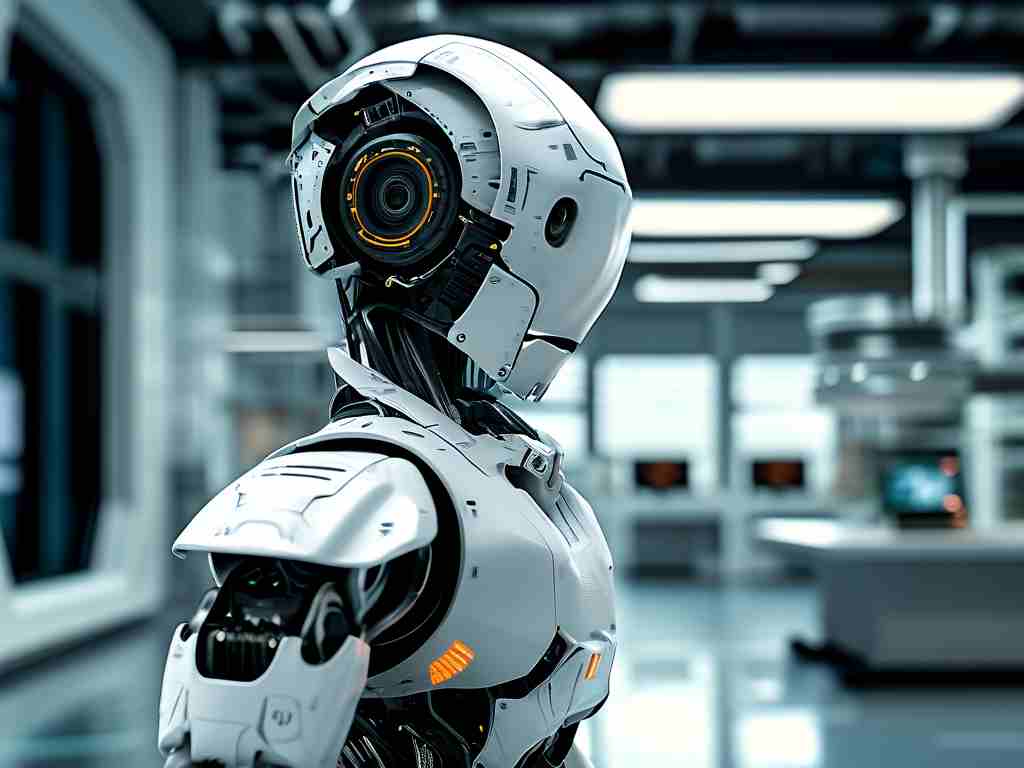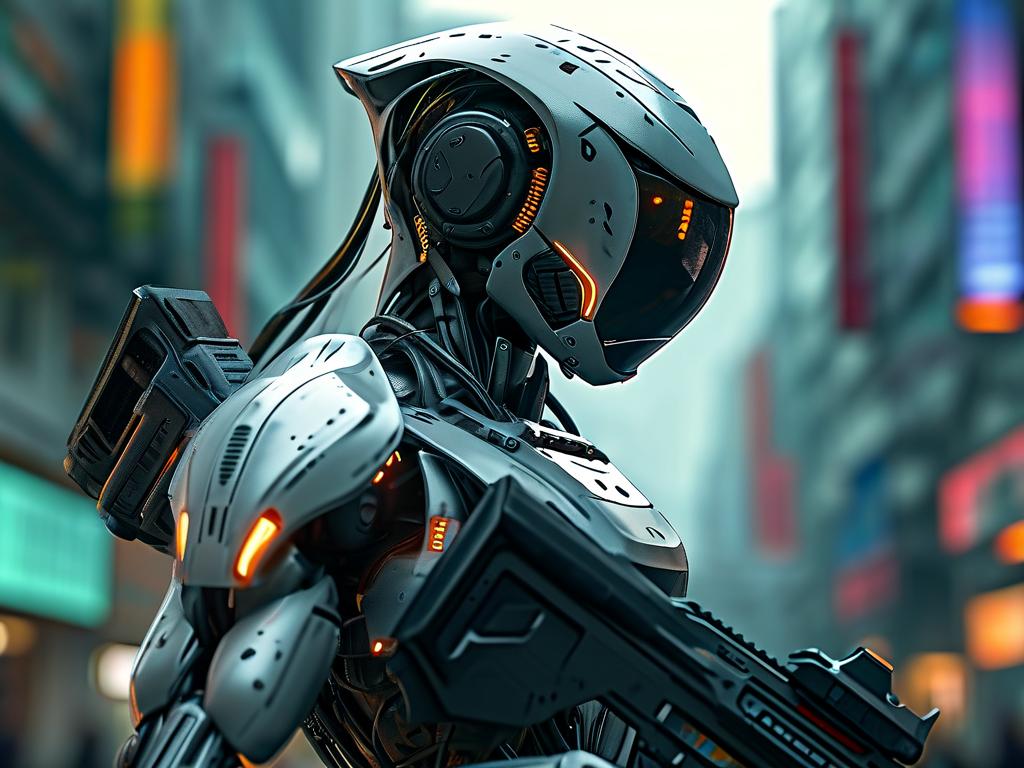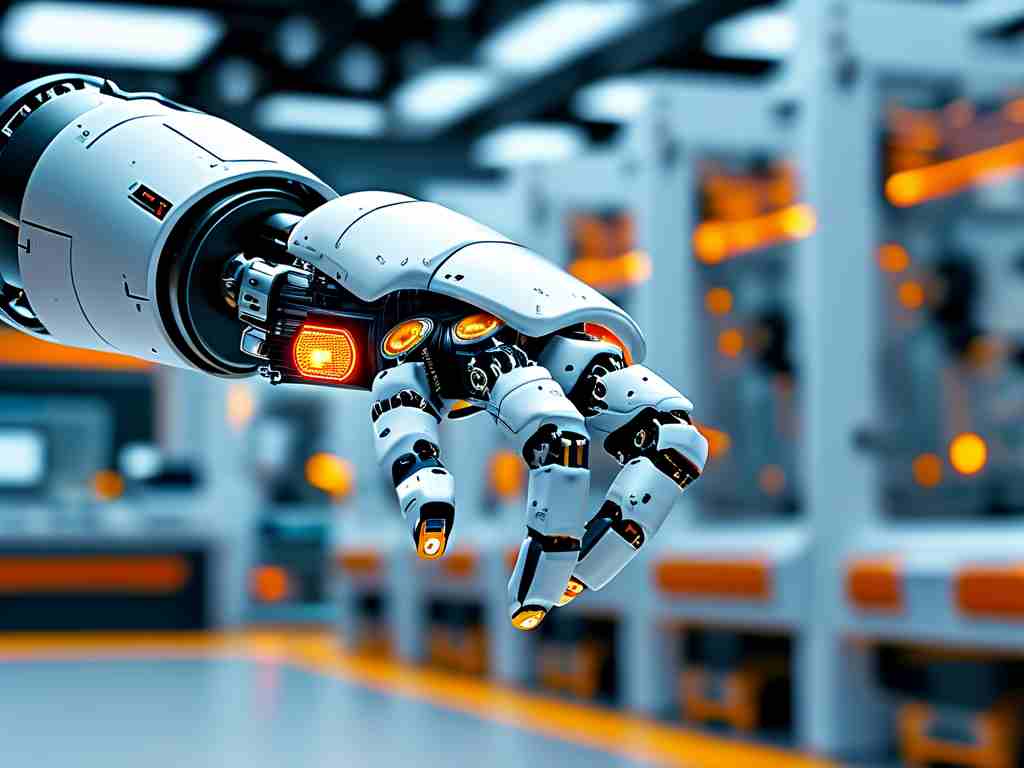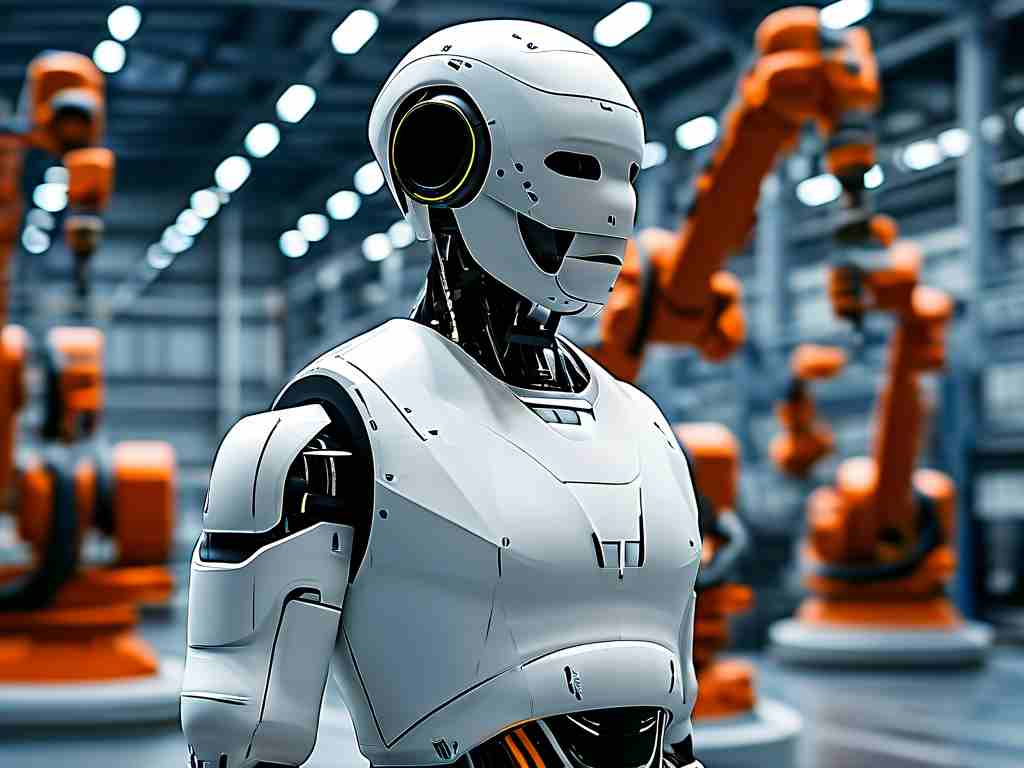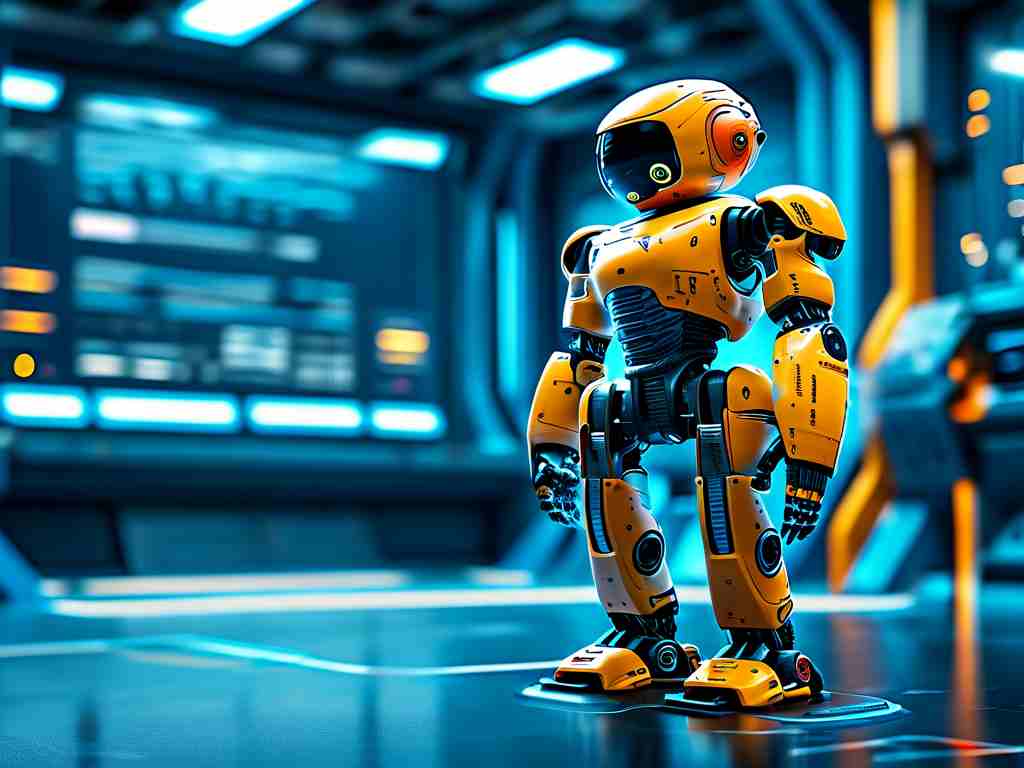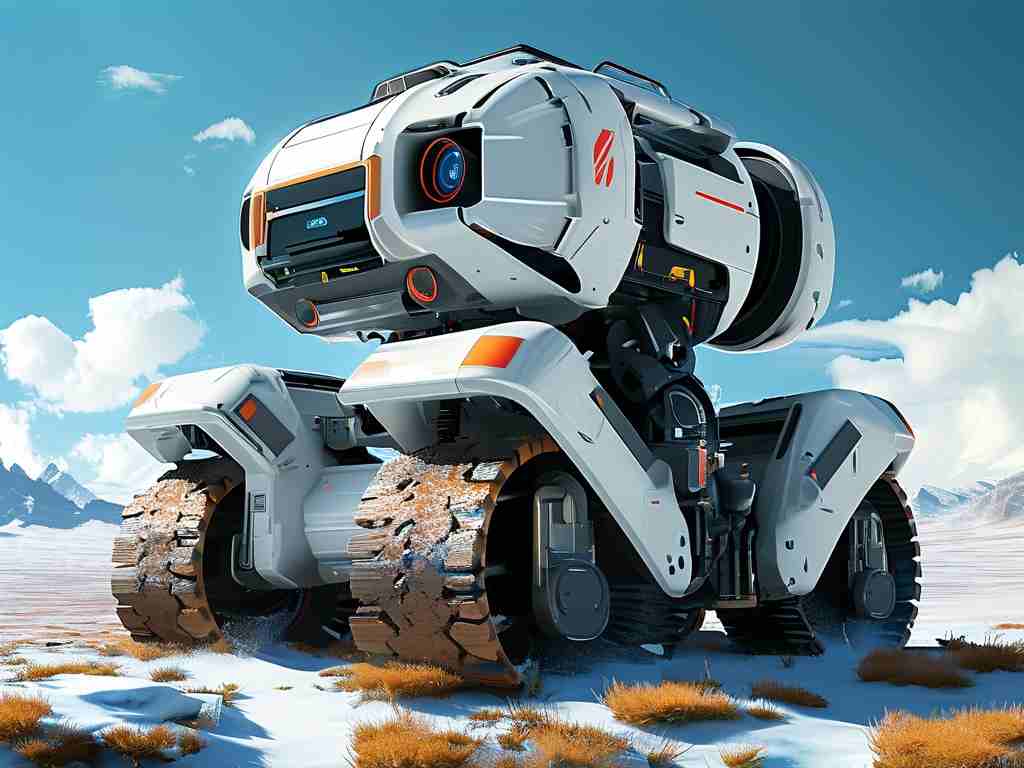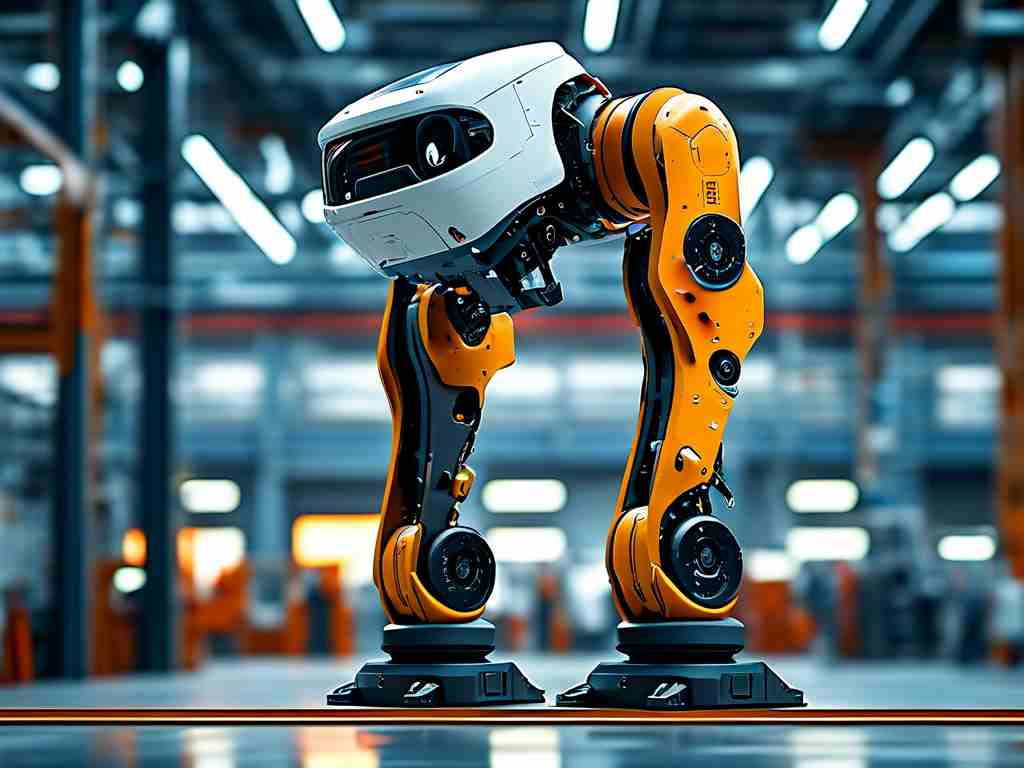The convergence of digital innovation and mechanical engineering has given rise to robotic motion mapping technology, a groundbreaking approach redefining how machines interpret and replicate human movements. This interdisciplinary field combines computer vision, biomechanics, and real-time data processing to create seamless interactions between automated systems and their environments.
At its core, motion mapping technology functions through three-phase synchronization. First, high-resolution sensors capture spatial coordinates of target movements at 240 frames per second – five times faster than standard cinematic frame rates. These coordinates are then converted into mathematical vectors through proprietary algorithms like DynaMesh v3.2, which compensates for environmental variables such as air resistance and surface friction. Finally, robotic actuators execute movements with 0.02mm positional accuracy, enabling applications ranging from microsurgery to heavy machinery operation.
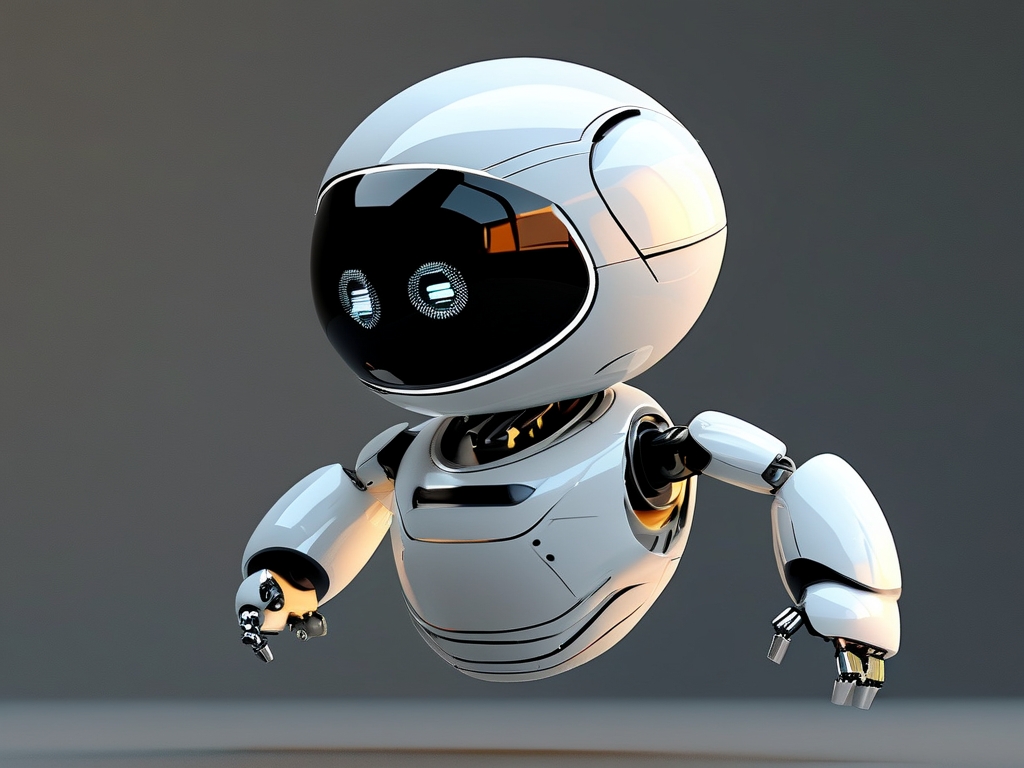
Industrial implementations demonstrate remarkable versatility. Automotive assembly lines now deploy robotic arms that mirror expert technicians' welding patterns, achieving 99.7% process consistency while reducing repetitive strain injuries. In aerospace, motion-mapped drones perform intricate inspection maneuvers around turbine blades, capturing thermal data impossible for human inspectors to obtain.
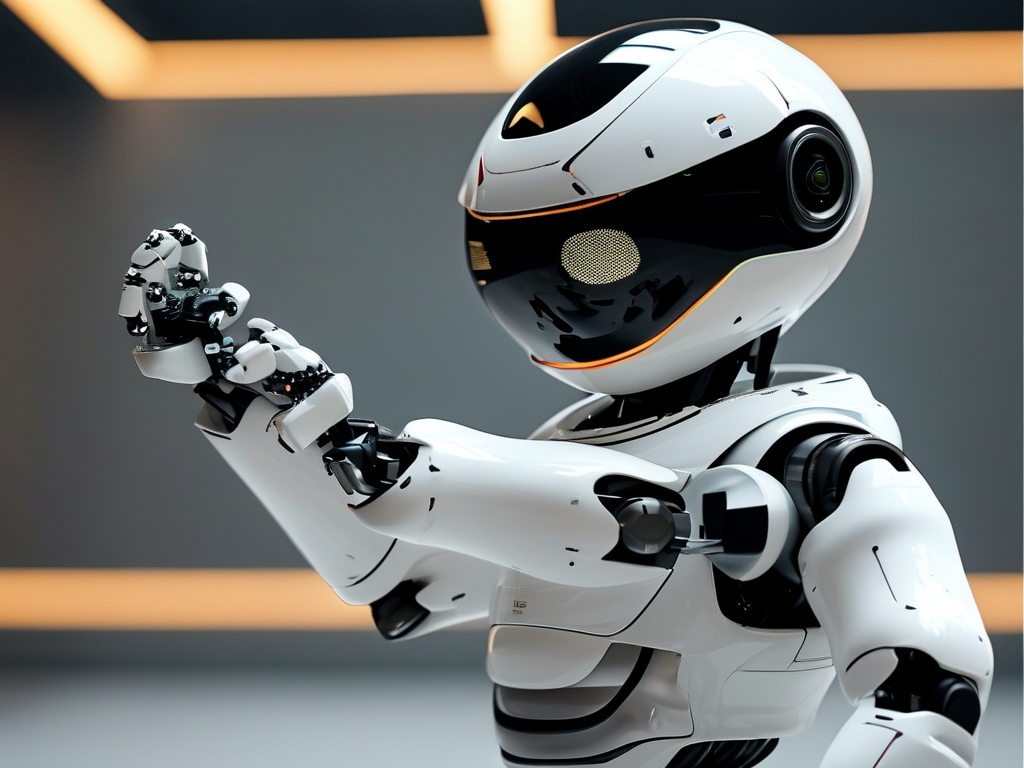
The medical sector witnesses particularly transformative applications. Surgical robots like the NeuroSync X9 system utilize motion mapping to translate surgeons' hand tremors into stable micro-movements, enabling procedures on blood vessels narrower than human hair. Rehabilitation centers employ exoskeletons that learn patients' movement patterns, progressively adjusting support levels through machine learning algorithms.
Emerging entertainment applications push creative boundaries. Film studios combine inertial measurement units (IMUs) with facial motion capture, allowing single performers to control entire digital character ensembles. Theme park animatronics now replicate celebrity dance routines with such precision that recent Turing-style tests showed 68% of audiences mistaking robotic performances for human performers under stage lighting conditions.
Technical challenges persist, particularly in latency reduction and cross-platform compatibility. Current solutions involve edge computing architectures that process motion data within 3ms latency thresholds. The OpenMotion 2.1 protocol, released last quarter, enables interoperability between 37 different robotic platforms through standardized quaternion-based rotation matrices.
Ethical considerations accompany these advancements. Labor economists debate the implications of motion-mapped robots replacing skilled trades, while cognitive scientists examine human-robot interaction patterns. Regulatory frameworks struggle to keep pace – the European Union's recent "Biorobotic Accountability Act" represents the first major legislation addressing motion-mapped system liability.
Future developments point toward biological integration. MIT's Biomechatronics Lab recently demonstrated neural-linked motion mapping using non-invasive EEG headsets, enabling thought-initiated robotic responses. Concurrently, materials science breakthroughs in liquid crystal elastomers promise robots capable of altering their physical structure to match mapped movements.
For developers entering this field, practical implementation requires careful stack configuration. A basic motion mapping pipeline might integrate:
# Sample motion data processing snippet
import numpy as np
from kinematics_sdk import VectorProcessor
def map_trajectory(raw_sensor_data):
filtered = VectorProcessor.remove_noise(raw_sensor_data)
normalized = VectorProcessor.normalize_quaternions(filtered)
optimized = VectorProcessor.calculate_torque_curves(normalized)
return optimized.apply_kinematic_constraints()
This code demonstrates essential noise reduction and torque optimization processes critical for stable robotic execution.
As industries adopt these solutions, workforce development becomes crucial. Technical colleges now offer certification programs in "motion mapping orchestration," blending traditional robotics training with spatial computing concepts. Industry leaders predict 40% growth in related engineering roles by 2028, signaling sustained technological and economic impacts.
The ultimate promise of robotic motion mapping lies in its capacity to erase boundaries between digital intent and physical execution. From manufacturing floors to operating theaters, this technology doesn't merely replicate human actions – it enhances and extends them through computational precision, creating new paradigms for human-machine collaboration.


